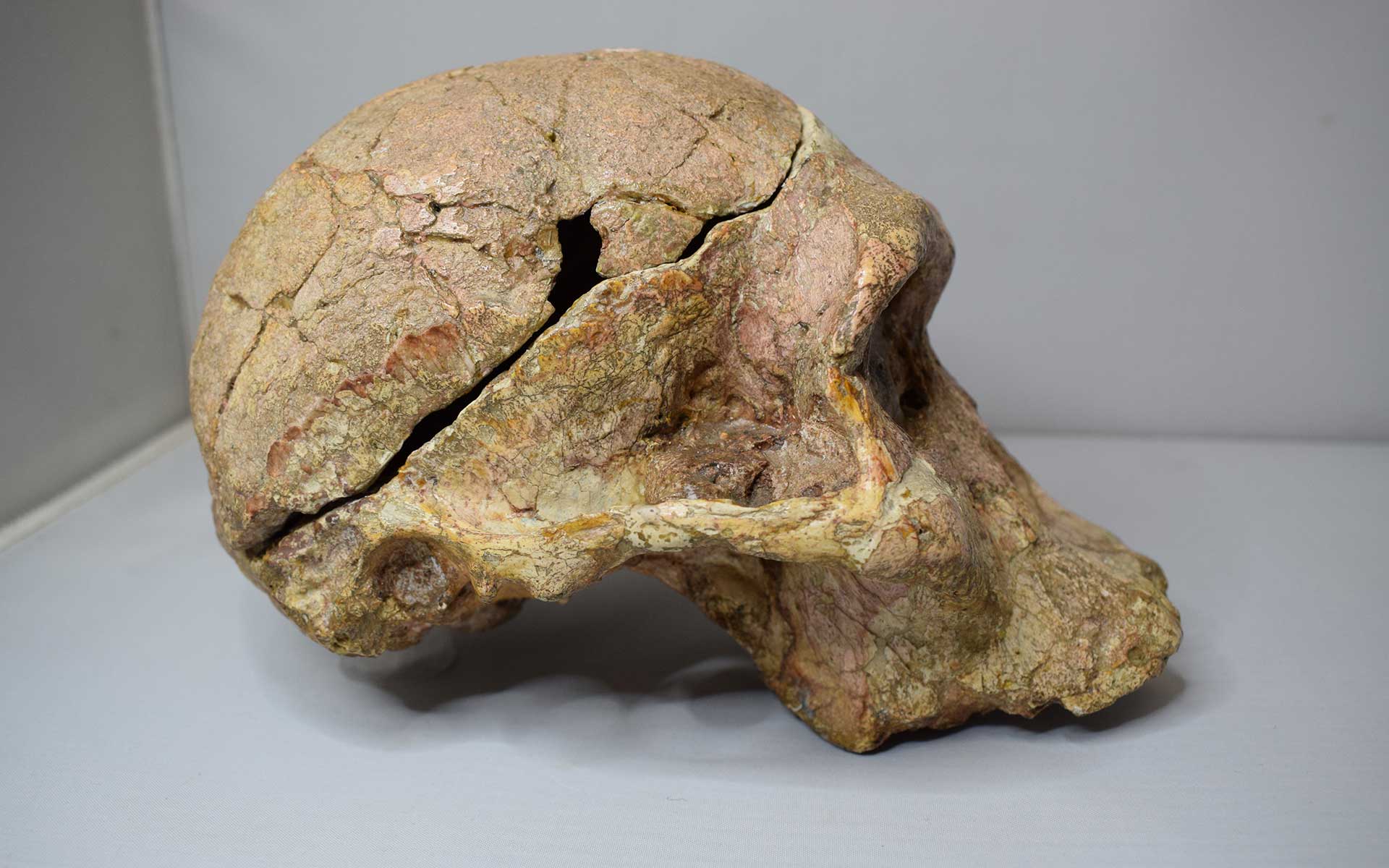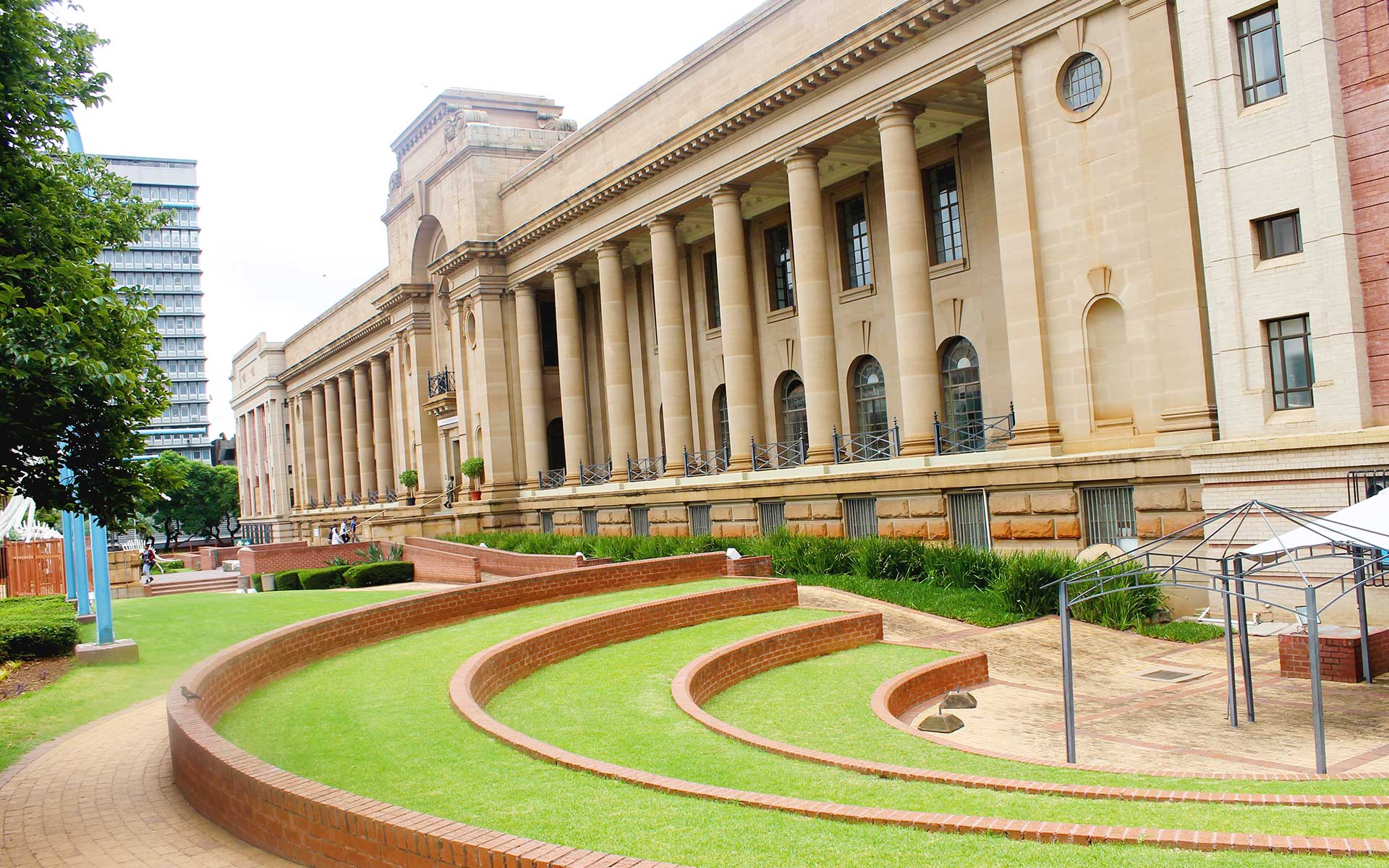Plio-Pleistocene Paleontology Section, Ditsong National Museum of Natural History
South Africa

Mrs. Ples is the popular name for the oldest complete Australopithecus africanus skull discovered in South Africa. It was blown to pieces as a result of Broom’s use of dynamite during the excavation.
Housing institution
Ditsong National Museum of Natural History
Location
432 Paul Kruger Street, Pretoria Central, Pretoria 0001 Republic of South Africa
25°45′12″S 28°11′20″E / 25.75325°S 28.18899°E
Homepage
Mrs. Ples is the popular name for the oldest complete Australopithecus africanus skull discovered in South Africa. It was blown to pieces as a result of Broom’s use of dynamite during the excavation.
The Plio-Pleistocene Palaeontology Section is a fundamental collections of African fossil vertebrate remains that underly our modern understanding of human evolution.
- Geo-collection description
Fossils. This are the earliest fossils discovered at the Cradle of Humankind-World Heritage site following Dr Robert Broom’s appointment in 1934.
The fossils were discovered at historical sites such as Sterkfontein, Swartkrans, Kromdraai, Haasgat, B olt’s Farm, and Haasgat, just to name a few.
This section houses historical fossils such as the famous Mrs Ples (Australopithecus africanus), Paranthropus rubustus, Homo erectus, Dinofelis barlowi and other non-hominid primates.
The section curates around ± 63 000 accessioned specimens, which include bovids, suids, carnivores, birds, reptiles, and rodents.
- Geo-collection value
The Plio-Pleistocene Section has been a primary repository for fossil collections developed from the Fossil Hominid Sites of South Africa UNESCO World Heritage Site designated in 1999. After nearly a century of active fieldwork collections accumulated since the 1930s, the Section encompasses a record of hundreds of thousands of catalogued early human, primate, and other fossil vertebrate materials excavated from across a series of historic and active palaeontological sites. The collections include the type specimens of Paranthropus robustus, the first adult specimens of Australopithecus africanus, and a critical sample of early Homo remains – in addition to hundreds of mammal type and paratype specimens across mammalian and other vertebrate orders. In addition to serving as a repository for excavated fossil materials, the Section (both historically and currently) is an active storage and processing facility for fossiliferous calcified sediments for field teams developing new fossil assemblages from sites across this region of South Africa. Finally, the Section has been at the forefront of digital specimen access developments, providing direct and open access to advanced research datasets that democratizes access to these singular fossil specimens.
- Reference

